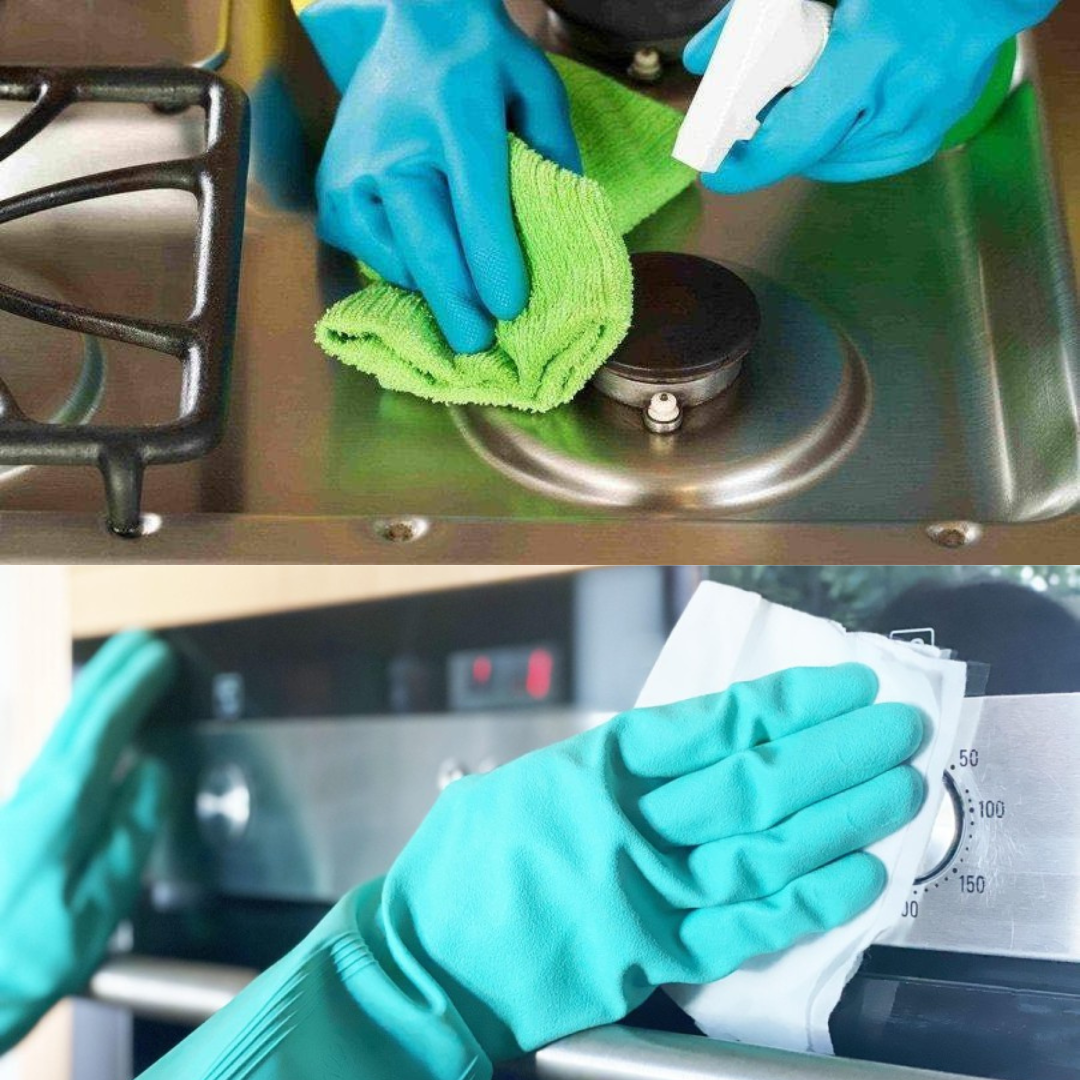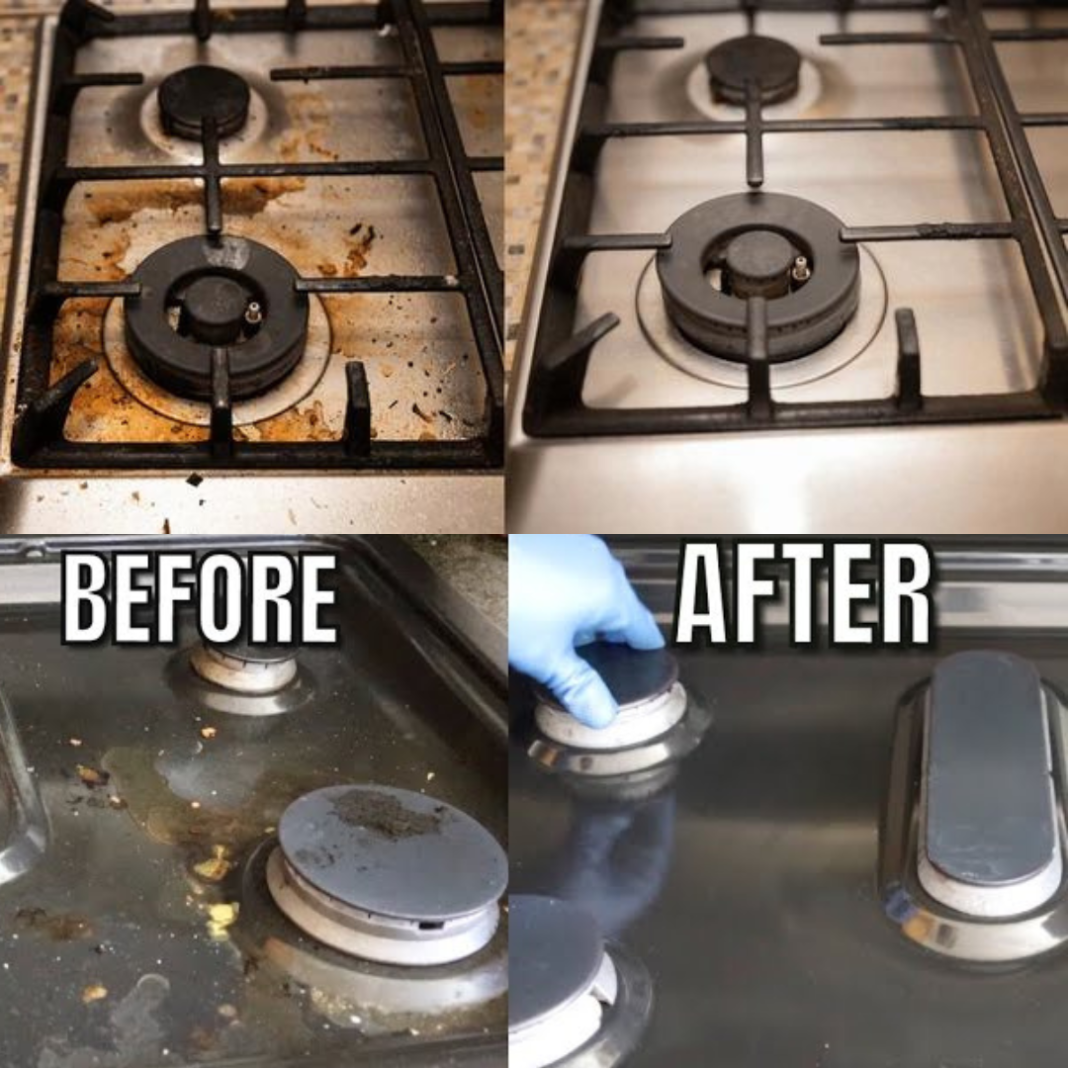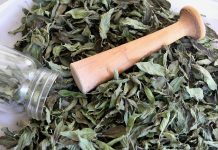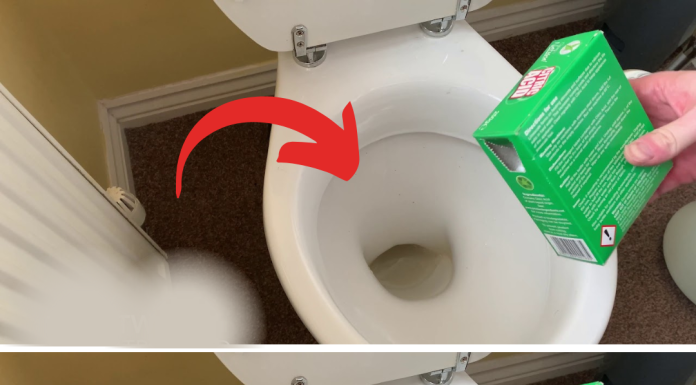White vinegar has become a staple in eco-friendly cleaning, revered for its versatility and effectiveness in household maintenance. This readily available and non-toxic liquid stands out as a greener alternative to conventional cleaners, which often contain harsh chemicals harmful to the environment. In the kitchen, white vinegar shines as a star cleaning agent due to its antibacterial properties and high acetic acid content, making it an indispensable tool for tackling dirt and grime.

18 Kitchen Areas Perfectly Cleaned with White Vinegar
Before starting, remember to dilute white vinegar with an equal amount of water to protect your kitchen surfaces from its acidity. For easier application, consider using a spray bottle. Here are 18 kitchen areas where white vinegar can work its magic:
Stove: Combat grease residue effectively with a spray of the vinegar-water solution. Let it sit for 10-15 minutes before cleaning with soapy water for a sparkling stove.
Sink: Replace bleach with the vinegar solution to avoid food contamination risks. Spray around the sink and countertops, then rinse with soapy water. Adding salt helps clean pipes and eliminate odors.
Stainless Steel Cookware: Boil water and vinegar in pots and pans to loosen greasy deposits. Adjust vinegar quantity based on grease thickness. After degreasing, wash with soapy water.
Kitchen Floor: Mix a few tablespoons of white vinegar in a bucket of water. Use a mop or sponge to remove stubborn stains, leaving your floor shining without expensive detergents.
Microwave: Heat a bowl of the vinegar solution for about 5 minutes, letting steam loosen dirt. Clean with a sponge afterward. A lemon can also be used for thorough cleaning.
Caution: Wait 20 seconds before removing the bowl to prevent hot water splashes and use oven gloves.
Enameled Cookware: Similar to stainless steel, boil water and vinegar in enamel cookware to soften residue, then clean with soapy water.
Coffee Maker and Kettle: Combat bacteria and limescale by boiling a vinegar-water mixture in these appliances, followed by a clean water rinse. For coffee makers, additional clear water may be needed to eliminate vinegar odors.
Burner Plates: Soak plates in hot water with a mixture of baking soda and vinegar to break down grease. Leave for 30 minutes to 1 hour, then scrub with a scouring pad.
Stainless Steel Appliances: Disconnect appliances and wipe them with a microfiber cloth dipped in vinegar to eliminate odors.
Glassware: To remove hard water stains, soak glasses in a vinegar-water solution, then wash as usual for crystal-clear results.
Pressure Cooker Sealing Ring: Soak the sealing ring in a vinegar-water solution in the sink (for an hour ideally) or run a vinegar-water-lemon juice steam cycle in the cooker to remove stains and odors.
Spice Grinder: Clean your grinder with white vinegar to remove lingering odors and residue.
By leveraging white vinegar’s cleaning prowess, you can ensure a more sustainable, efficient, and safe cleaning routine for your kitchen, enhancing its cleanliness and functionality.










